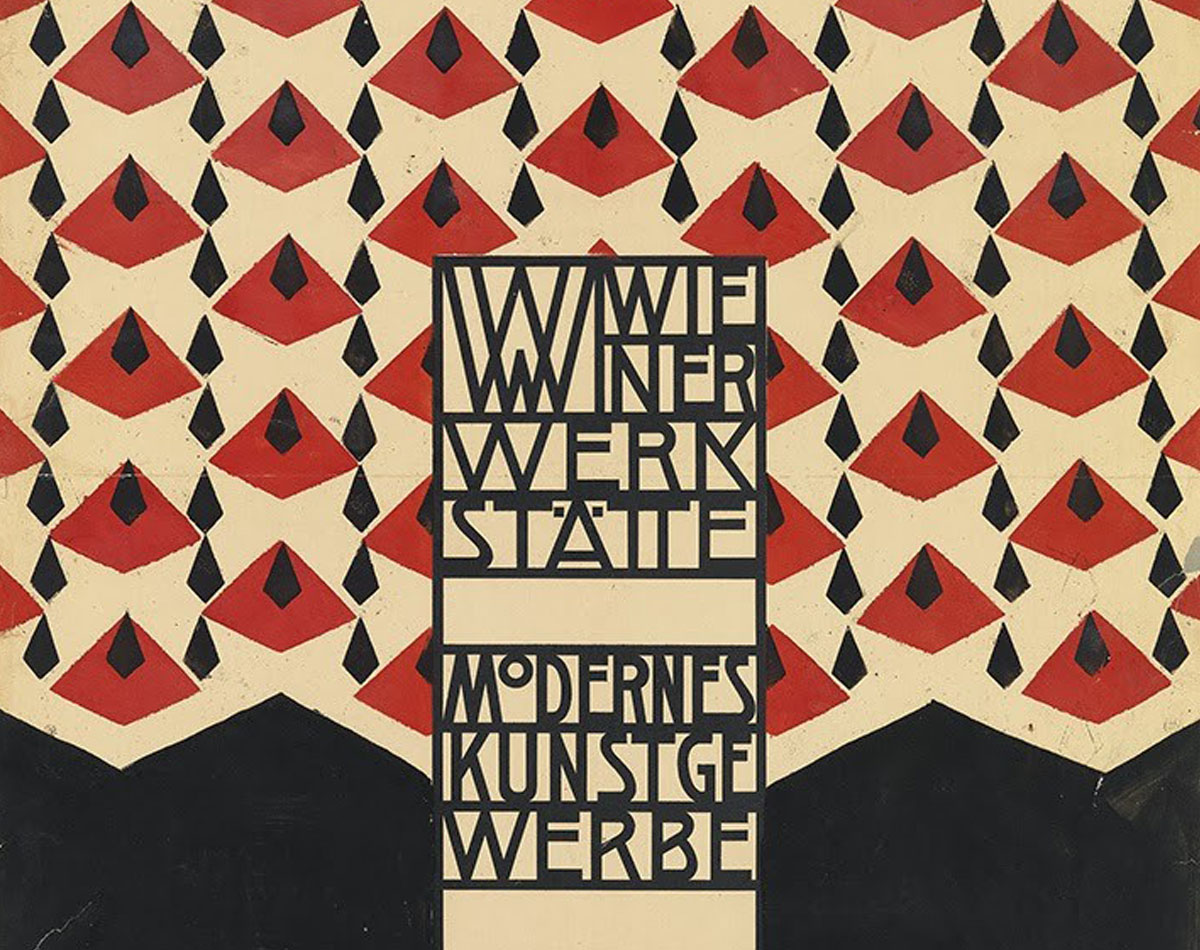Millesgården Museum
Situated high up on Lidingö, Millesgården Museum is located in a terraced sculpture park with fountains, flower gardens, and expansive views. Millesgården was built in 1908 by famous sculptor Carl Milles and his artist wife, Olga Milles, but today it serves as a museum featuring a preserved artist's home, an antique collection, an art gallery with a museum shop, and a restaurant.

Josef HoffmannPhoto: Okänd
